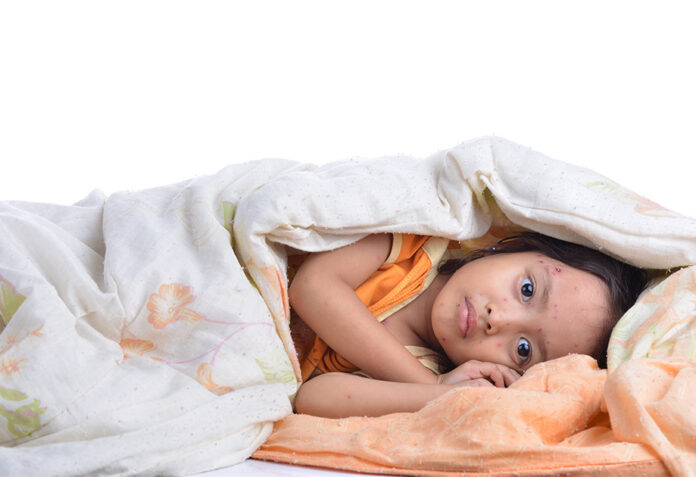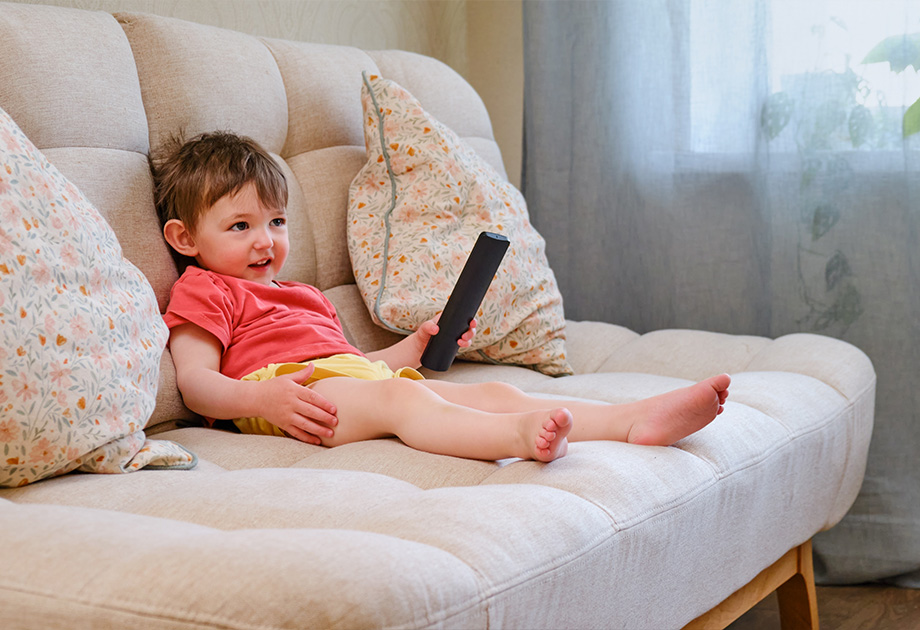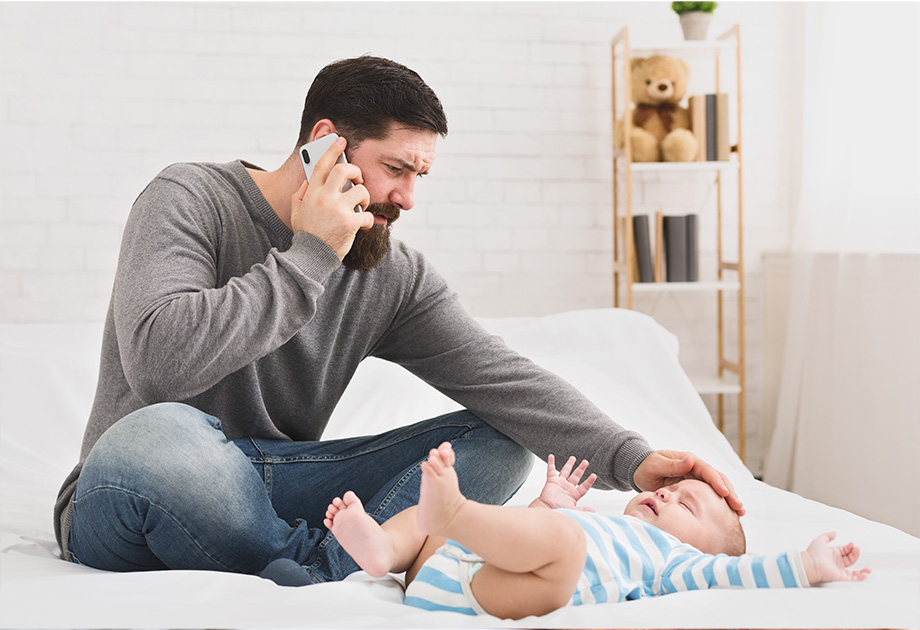|
Getting your Trinity Audio player ready...
|
Chickenpox is a viral infection that most commonly affects children, but it can also occur in adults who haven’t had chickenpox before or haven’t been vaccinated. It’s a well-known childhood illness that often brings to mind itchy red spots and the need to stay home from school. But what exactly is chickenpox? The varicella-zoster virus causes it and spreads quickly from person to person. The good news is that it usually isn’t a severe illness, and most children recover fully with time and proper care. In this article, we’ll dive into chickenpox, exploring its signs, precautions, and how to manage it in kids effectively. What is Chicken Pox in Kids?
When Does Chickenpox in Kids Occur, and What Are Its Signs?
Chickenpox typically occurs during childhood, with a peak incidence between 5 and 9. The virus has an incubation period of 10 to 21 days, during which the infected person may not exhibit any symptoms. After the incubation period, the initial signs of chickenpox start to appear.
The common signs and symptoms of chickenpox in Kids include:
- Rash: The hallmark of chickenpox in kids is a red, itchy rash that starts on the face, chest, and back and then spreads to other parts of the body. The rash progresses through different stages, starting as red bumps, developing into fluid-filled blisters, and finally crusting over.
- Fever: Chickenpox in Kids often develops a mild to moderate fever, ranging from 100.4°F (38°C) to 102.2°F (39°C).
- Fatigue and Malaise: Infected individuals may experience tiredness, weakness, and general discomfort.
- Headache: Chickenpox in Kids may lead to severe headaches during the period.
- Loss of Appetite: Chickenpox can cause a decrease in appetite due to the discomfort caused by the rash and fever.
- Sore Throat: Chickenpox in Kids may sometimes be accompanied by a sore throat or a cough.
It is important to note that the severity of chickenpox can vary from person to person. While most cases are mild and self-limiting, some individuals with weakened immune systems may experience more severe symptoms and complications.
Precautions and Safety Measures for Chicken Pox in Kids
To prevent the spread of chickenpox in Kids and ensure the well-being of affected children, it is essential to take certain precautions and safety measures. Here are some guidelines to follow:
- Isolation: Keep the infected child isolated from others, especially individuals who have not had chickenpox or received the varicella vaccine. This helps prevent the spread of the virus.
- Maintain Good Hygiene Practices: Encourage frequent handwashing with soap and water, especially after scratching the rash. Trimming the child’s fingernails can also help reduce the risk of secondary bacterial infections.
- Avoid Scratching: It is essential to discourage children from scratching chickenpox blisters, as it can lead to scarring and increase the risk of secondary infections. Keep their nails short and consider using gloves or mittens to prevent scratching during sleep.
- Comfort Measures: Provide relief from the itching using mild, fragrance-free lotions or calamine lotions. Oatmeal baths can also soothe the skin and reduce itching.
- Appropriate Clothing: Dress the child in loose-fitting, breathable clothing to minimise skin irritation and promote comfort.
- Avoid Aspirin: Do not administer aspirin to children with chickenpox, as it is associated with an increased risk of Reye’s syndrome, a rare but severe condition.
- Stay Hydrated: Encourage the child to drink plenty of fluids to prevent dehydration, especially if they have a fever.
- Vaccination: The varicella vaccine is highly effective in preventing chickenpox. Ensure the child receives the recommended vaccine doses according to the vaccination schedule.
How to Deal with Chickenpox in Kids Effectively
Dealing with chickenpox in Kids effectively involves managing the symptoms, promoting comfort, and preventing complications. Here are some strategies to consider:
- Fever Management: If the child has a fever, provide appropriate fever-reducing medications, such as acetaminophen or ibuprofen, following the recommended dosage for their age. Consult a healthcare professional for guidance on the appropriate medication and dosage.
- Itch Relief: Use calamine lotion or other recommended topical creams to alleviate itching. Avoid using products that contain antihistamines without consulting a healthcare professional.
- Comfortable Environment: Maintain a comfortable room temperature and ensure proper ventilation to prevent overheating and sweating, which can worsen itching.
- Hydration: Encourage the child to drink plenty of fluids, including water, diluted fruit juices, and oral rehydration solutions. This helps prevent dehydration caused by fever and reduces the risk of complications.
- Distraction and Rest: Engage the child in activities, such as reading books, playing games, or watching movies, to distract them from the discomfort and itching. Ensure they get adequate rest and sleep to support the healing process.
- Monitoring for Complications: Keep a close eye on the child’s condition and monitor for any signs of complications, such as high fever, difficulty breathing, persistent vomiting, or signs of secondary bacterial infection. If any concerning symptoms arise, seek immediate medical attention.
In conclusion, chickenpox in Kids is a common viral infection. While it may be accompanied by discomfort and itching, most cases resolve without complications. Parents and caregivers can effectively manage chickenpox in kids by understanding the signs and symptoms, taking necessary precautions, and implementing appropriate safety measures. Remember to consult a healthcare professional for personalized advice and guidance, especially in cases with underlying medical conditions or concerns about complications. With the proper care and attention, children can recover from chickenpox and continue their journey of growth and development.




